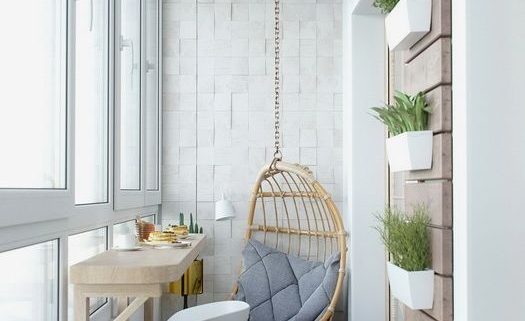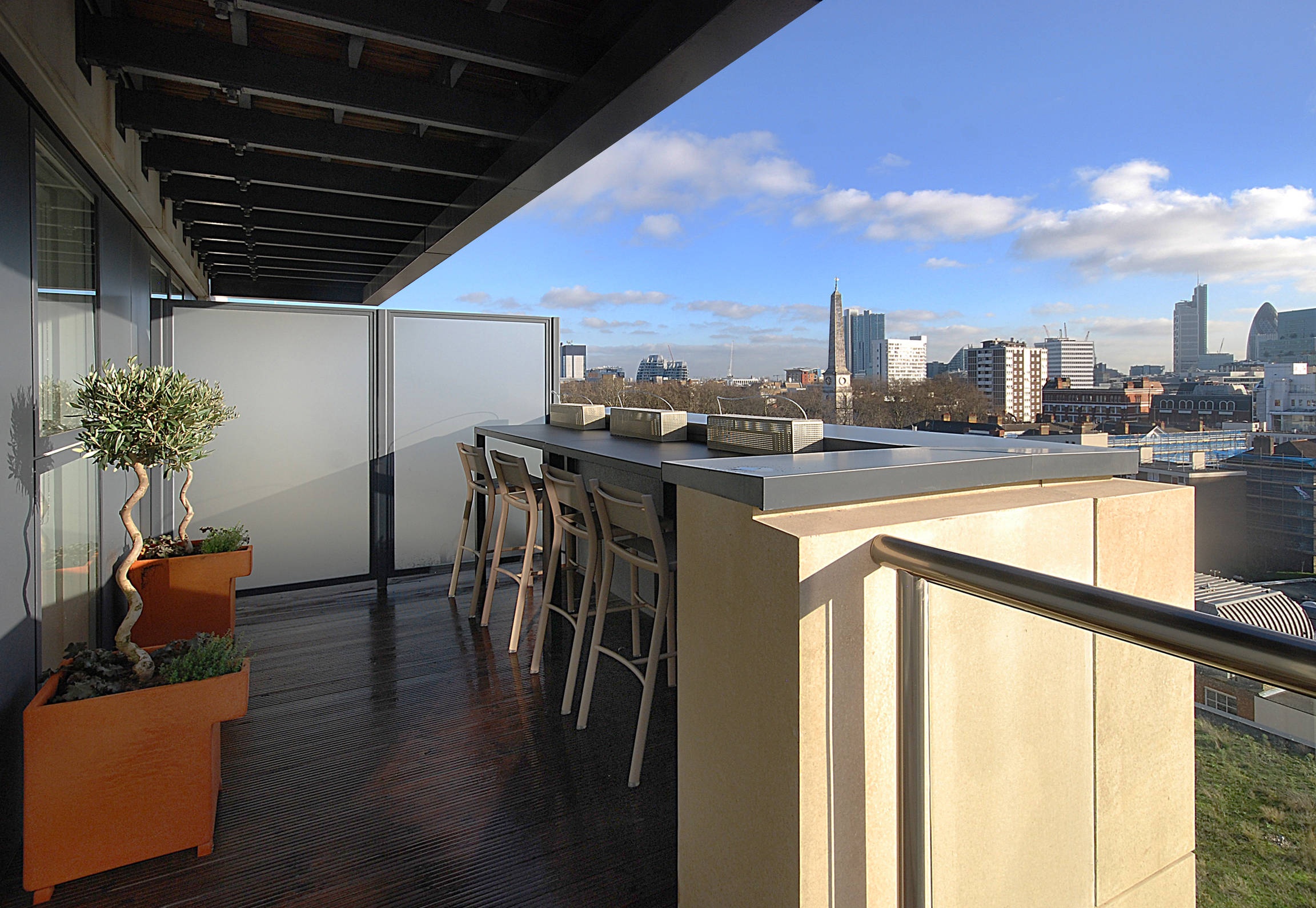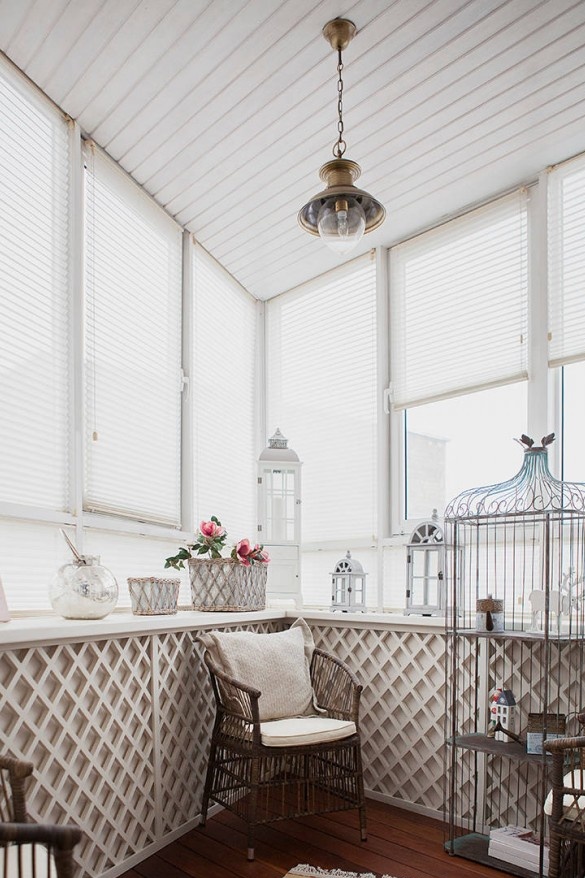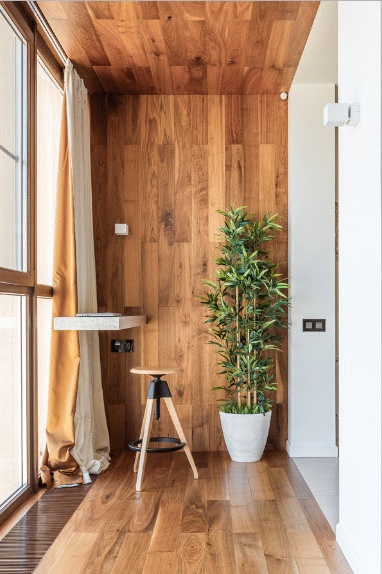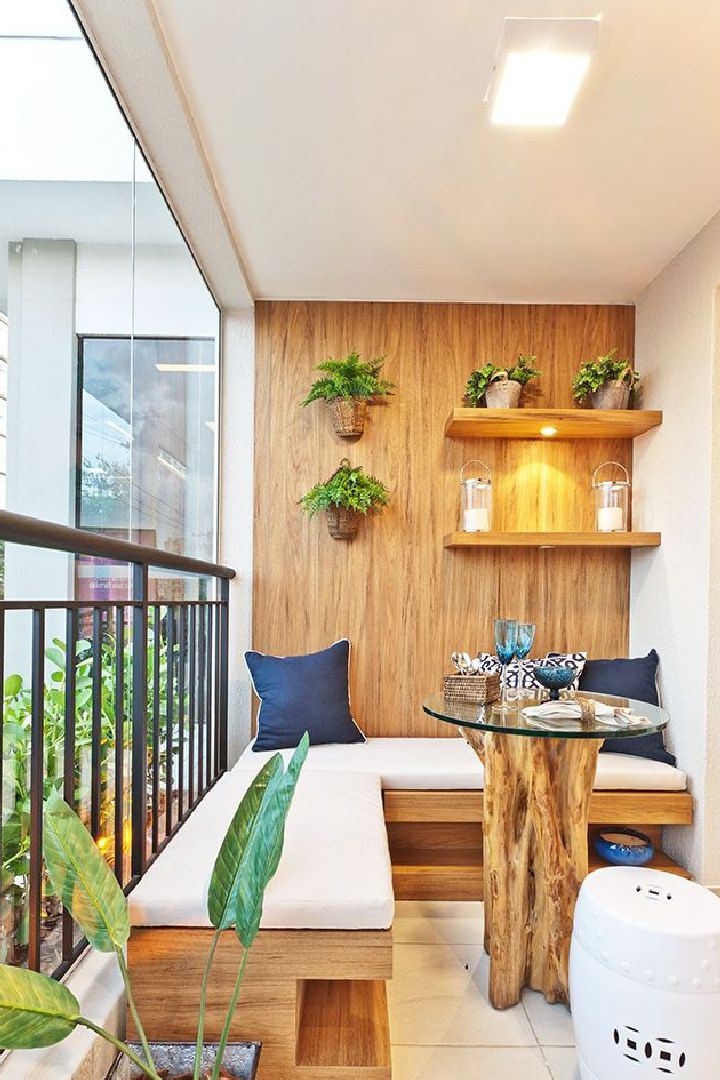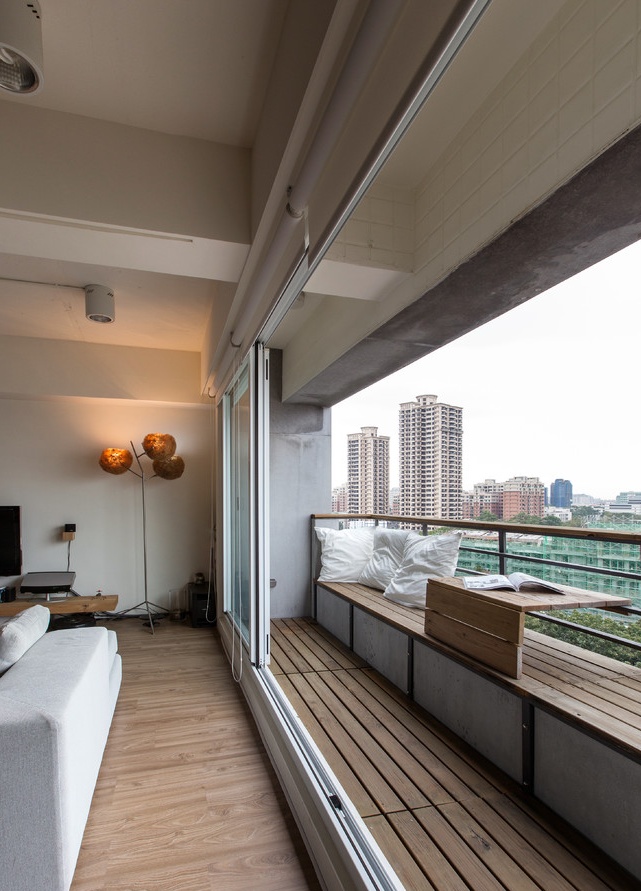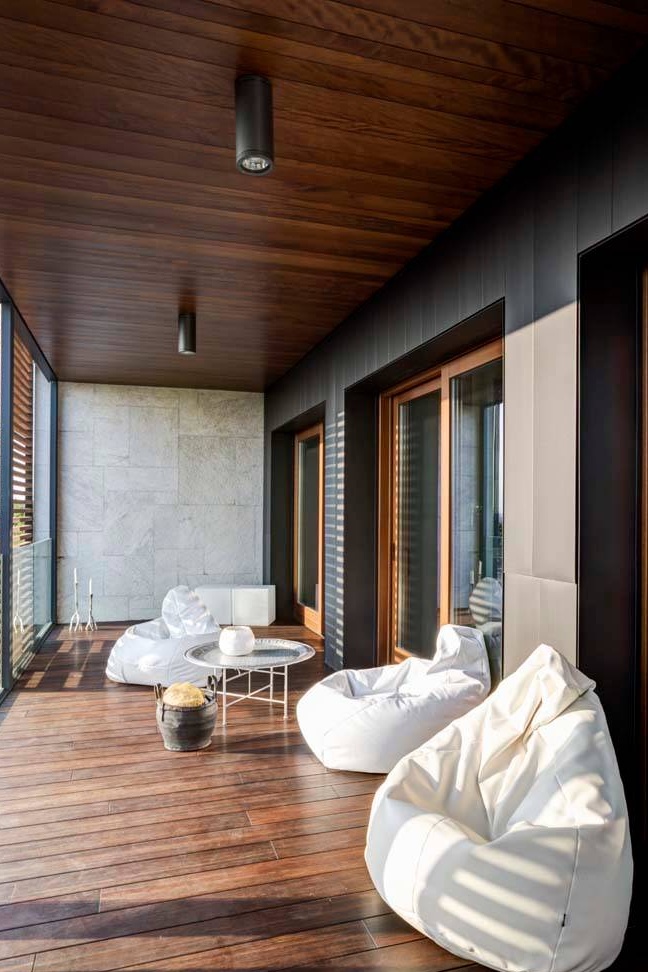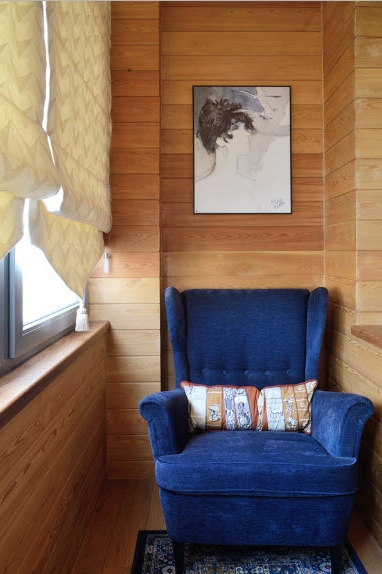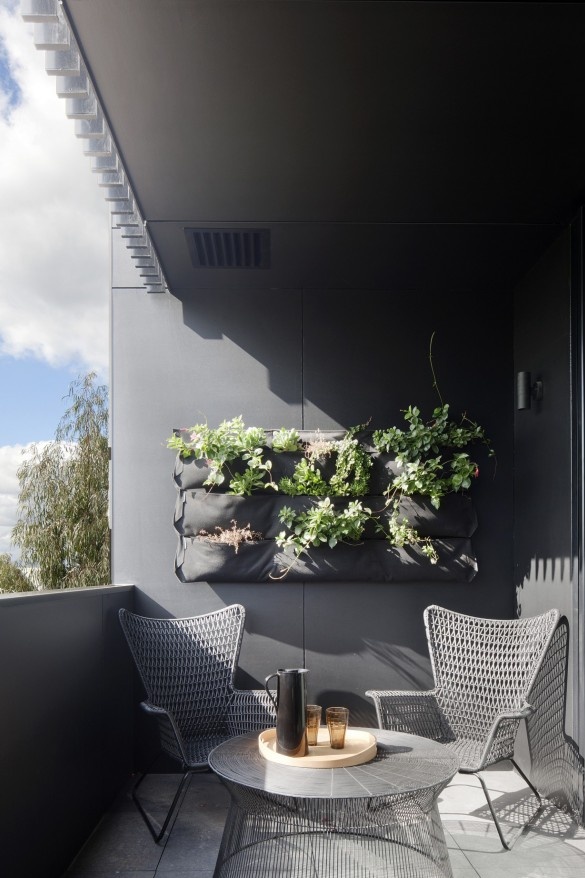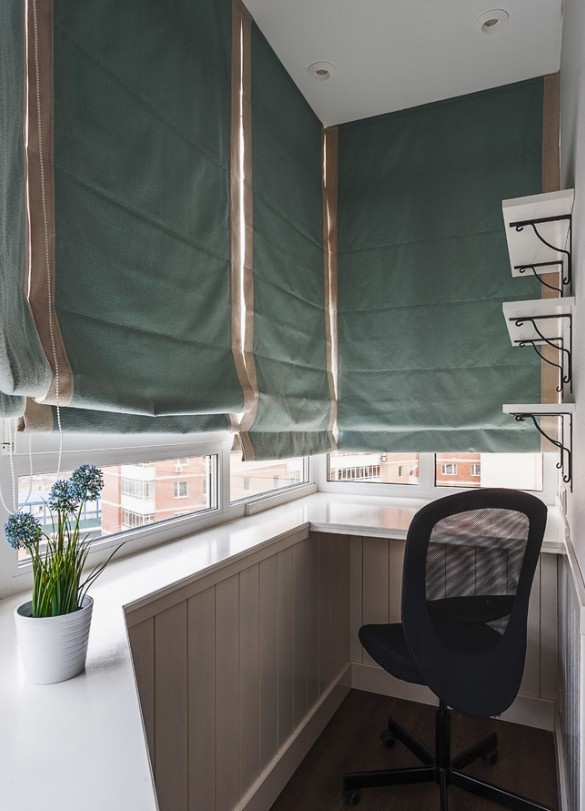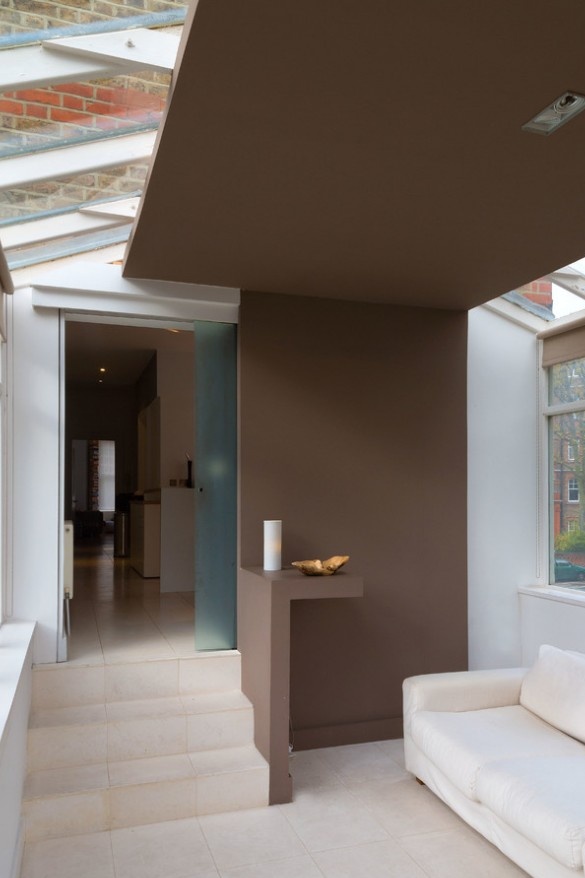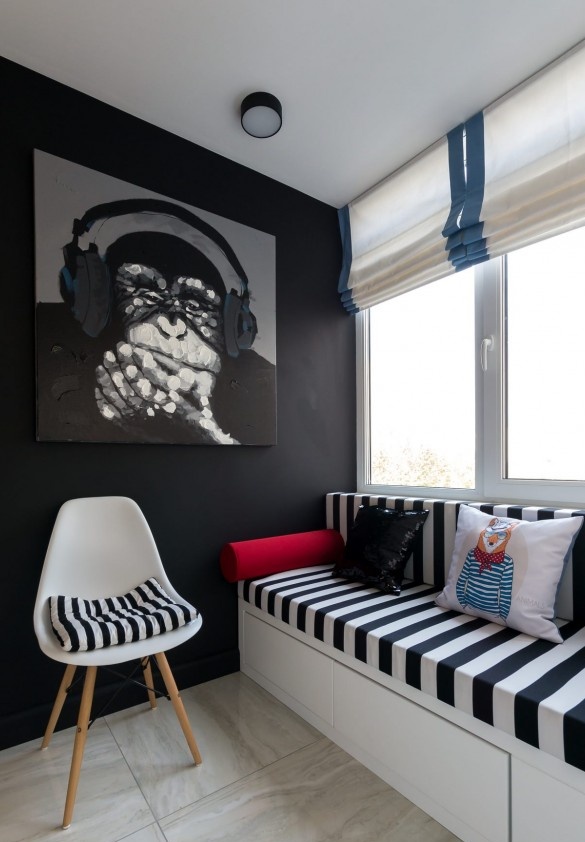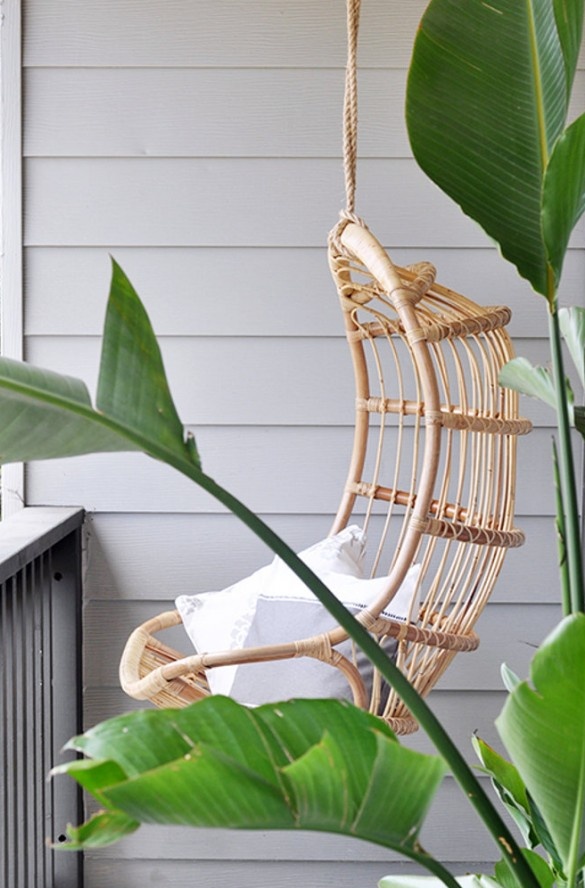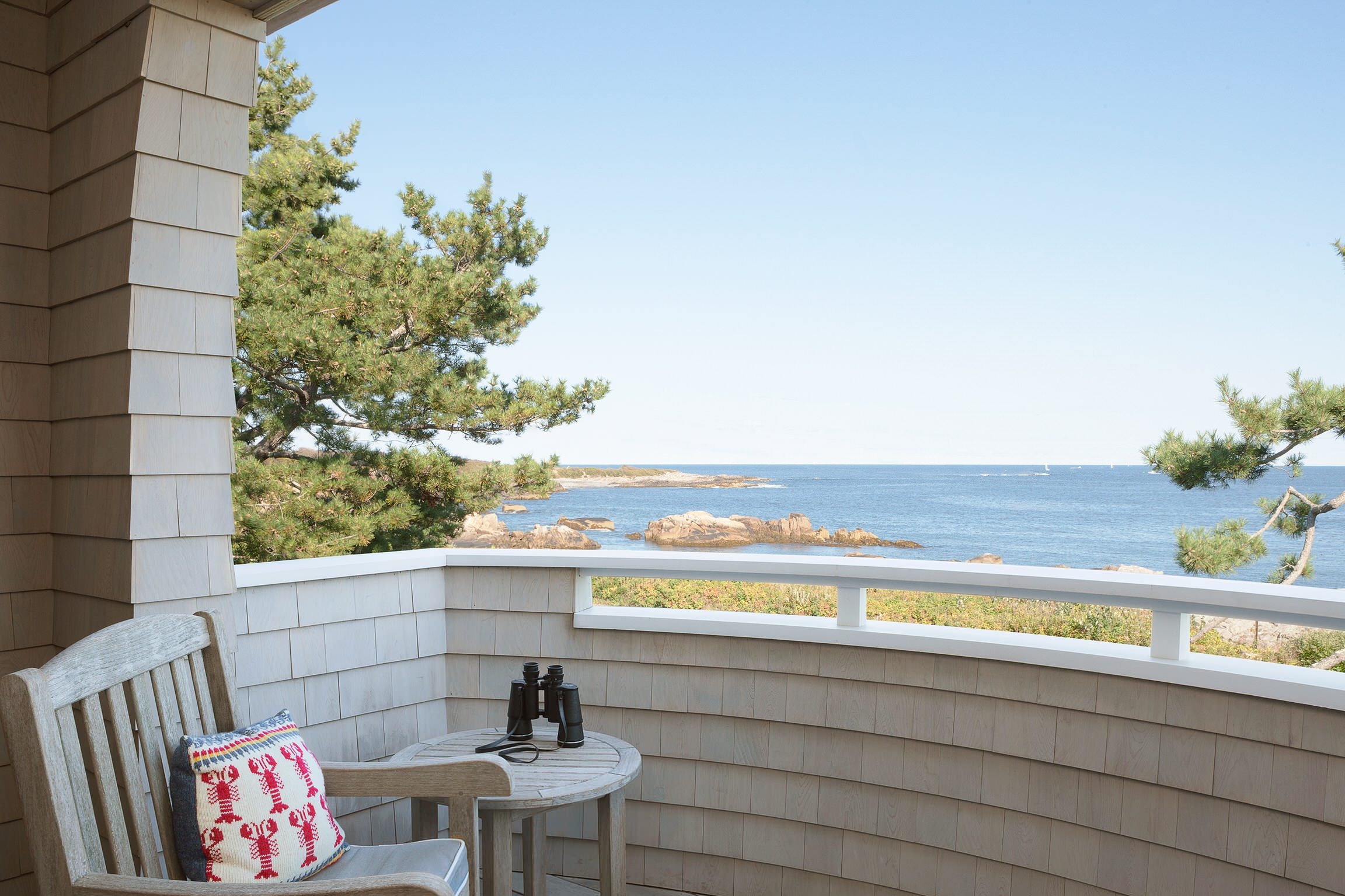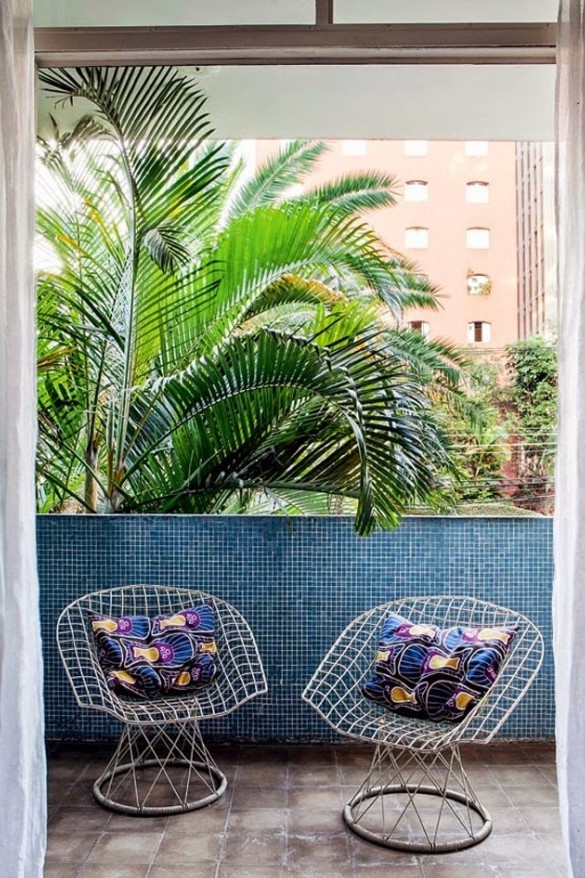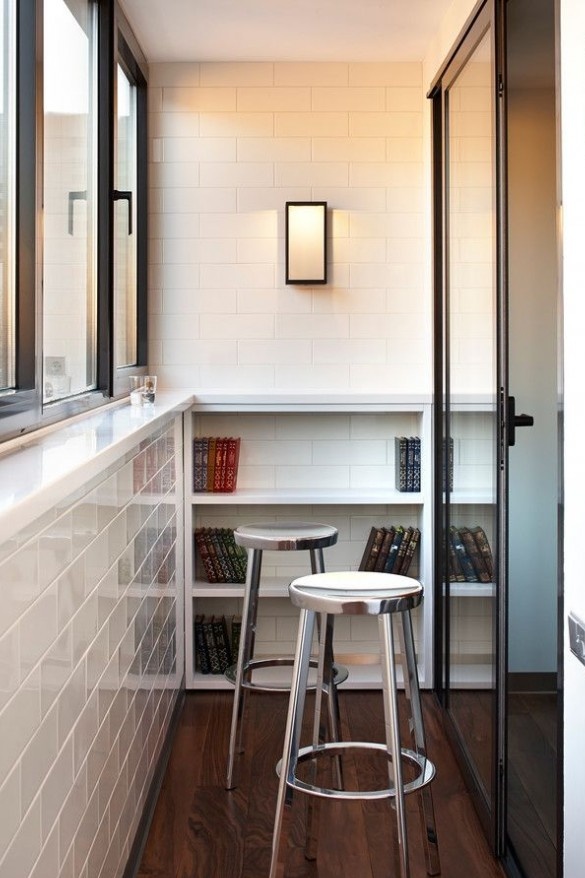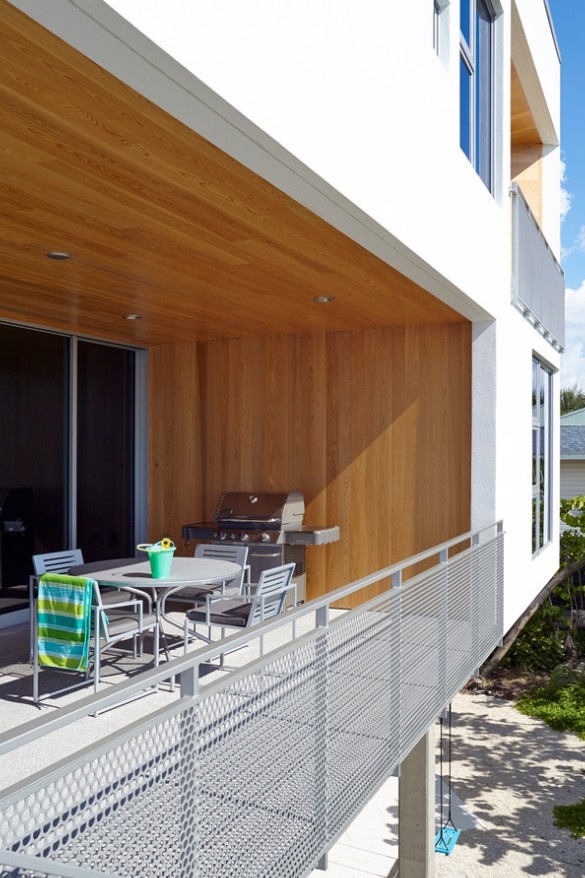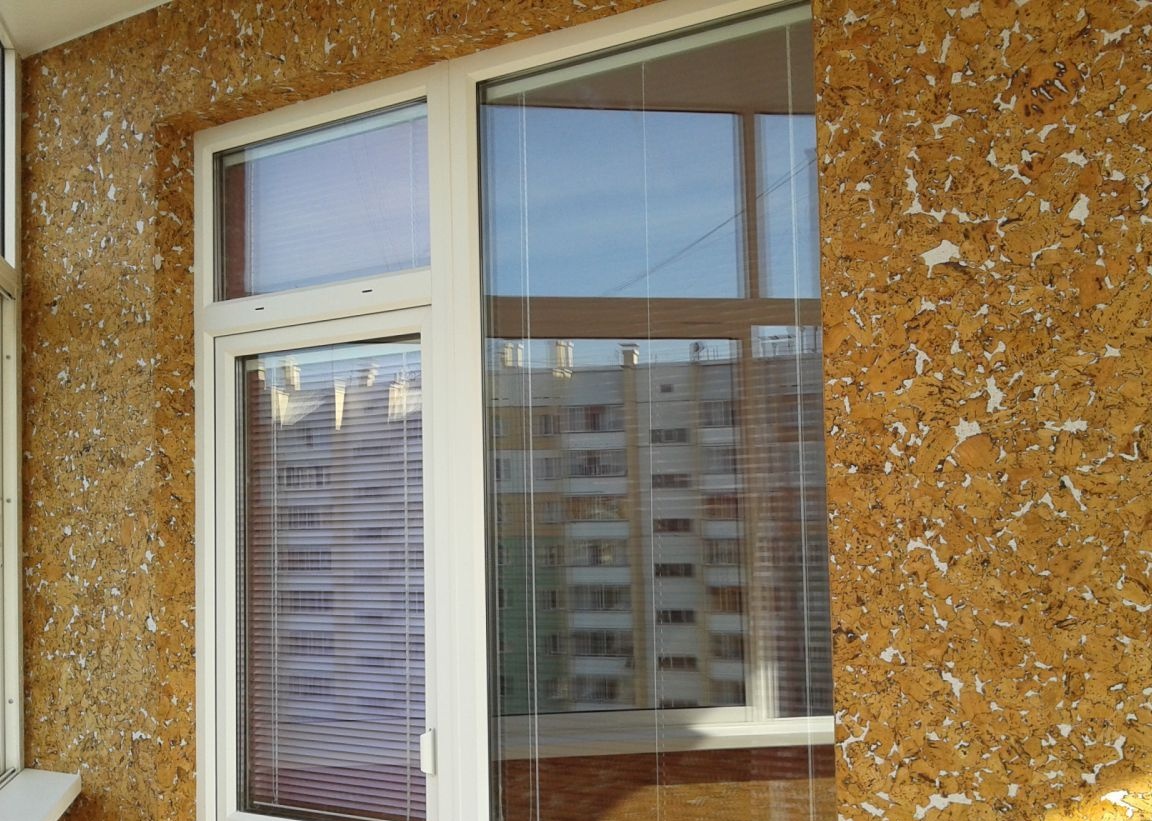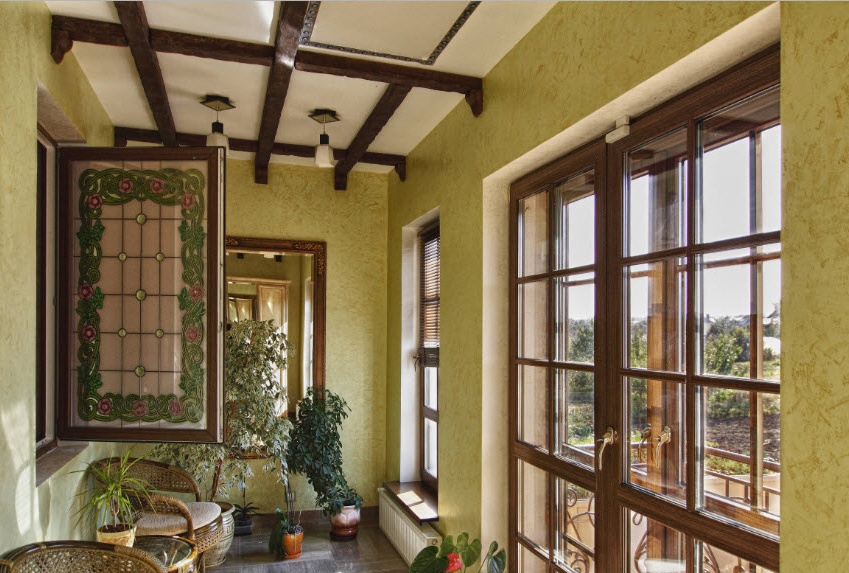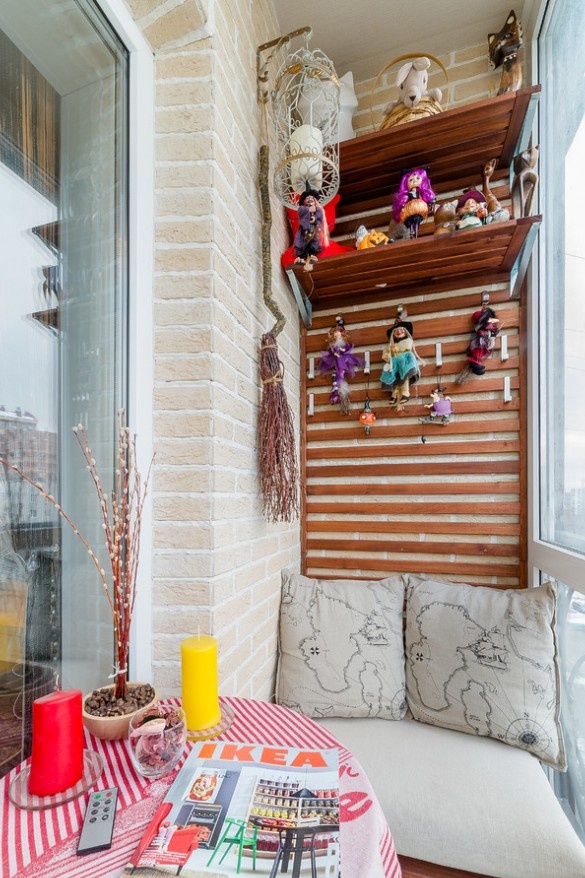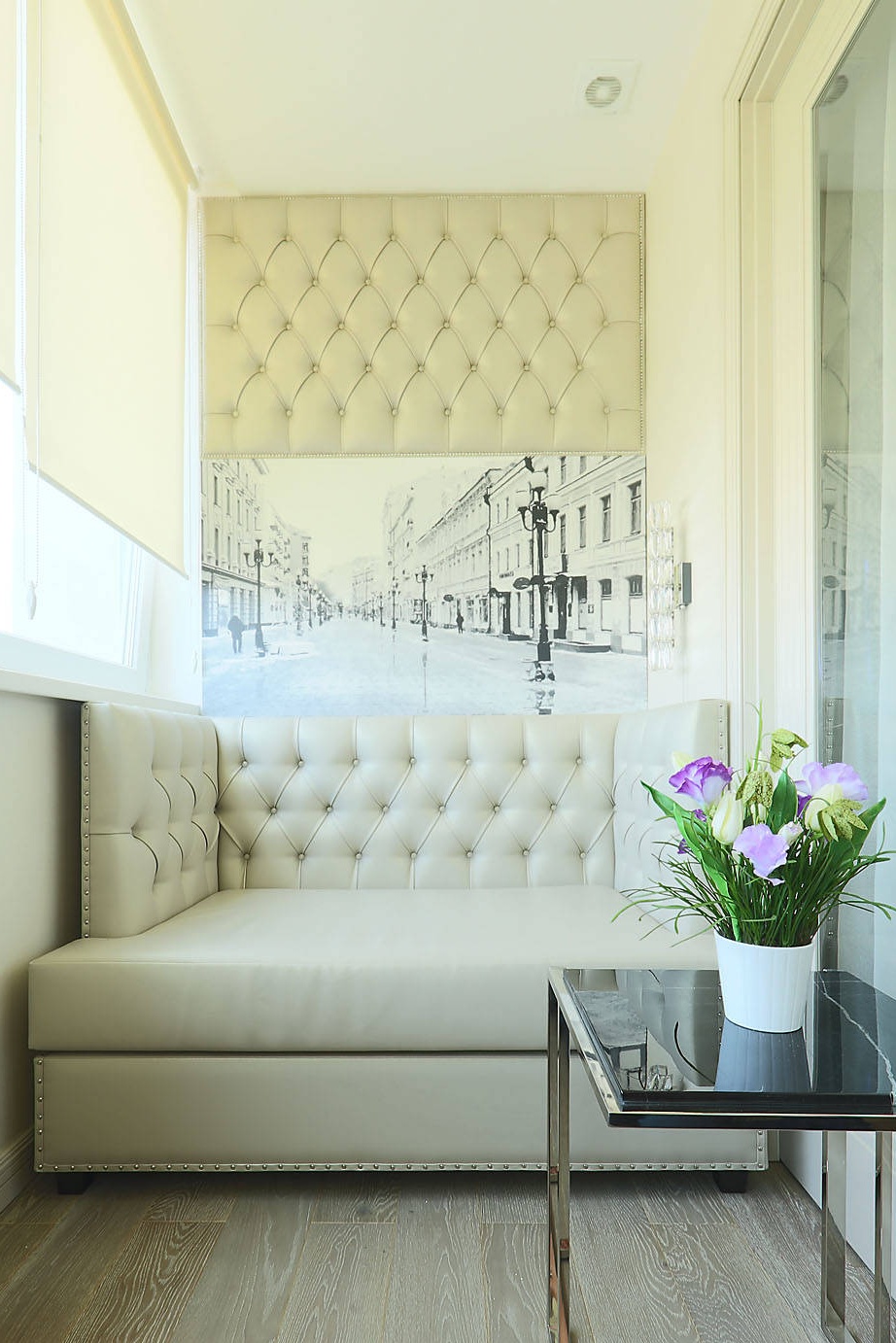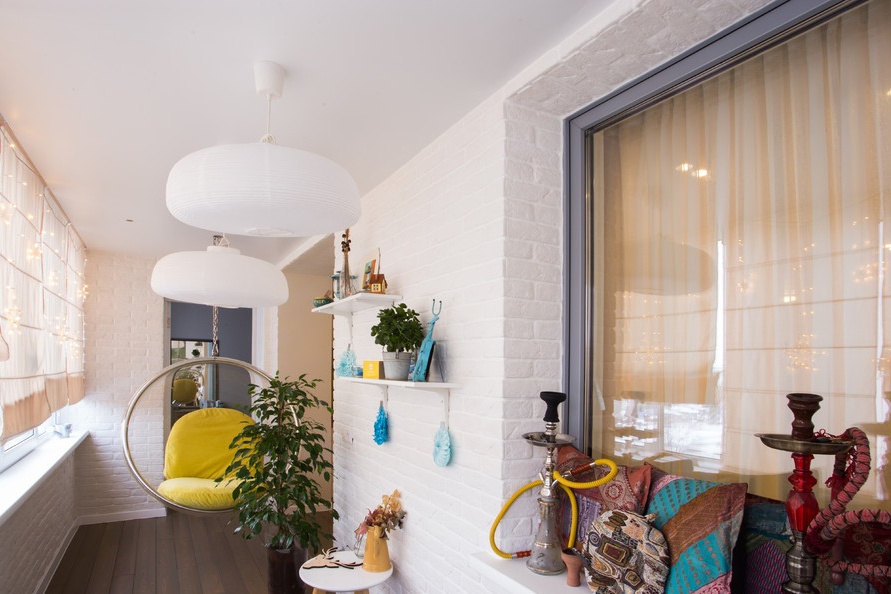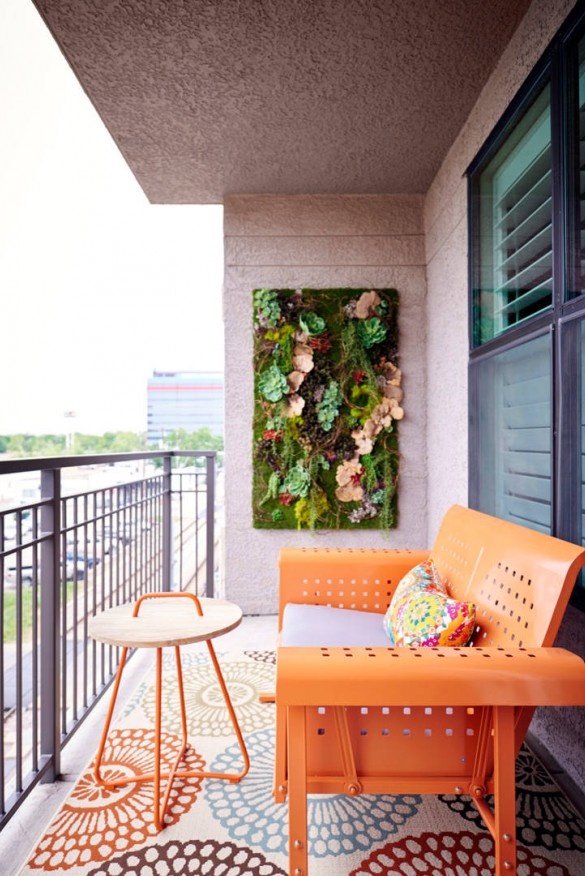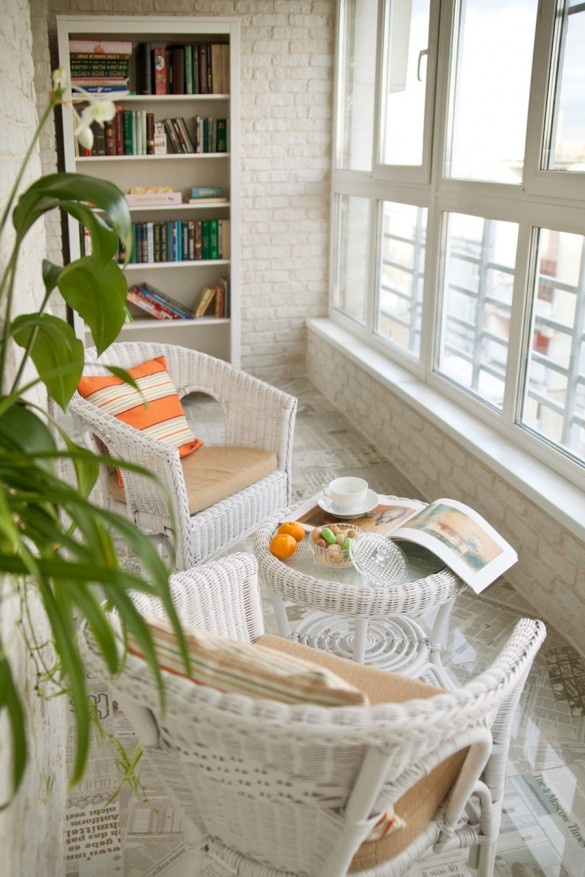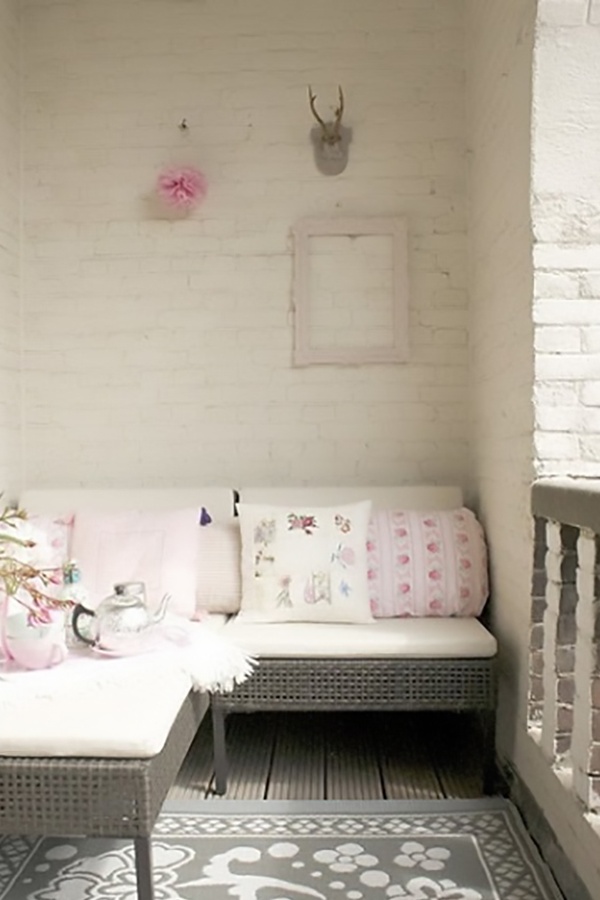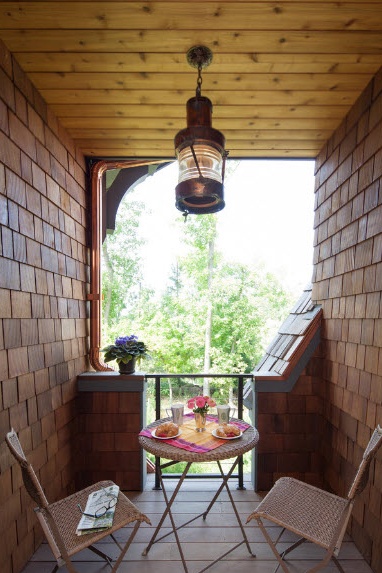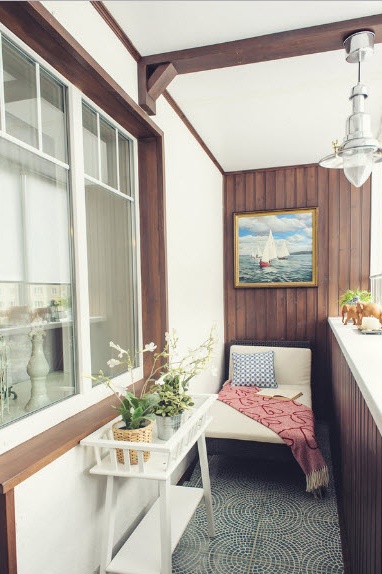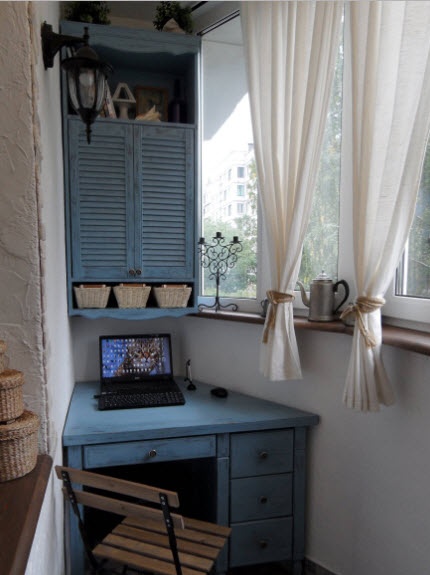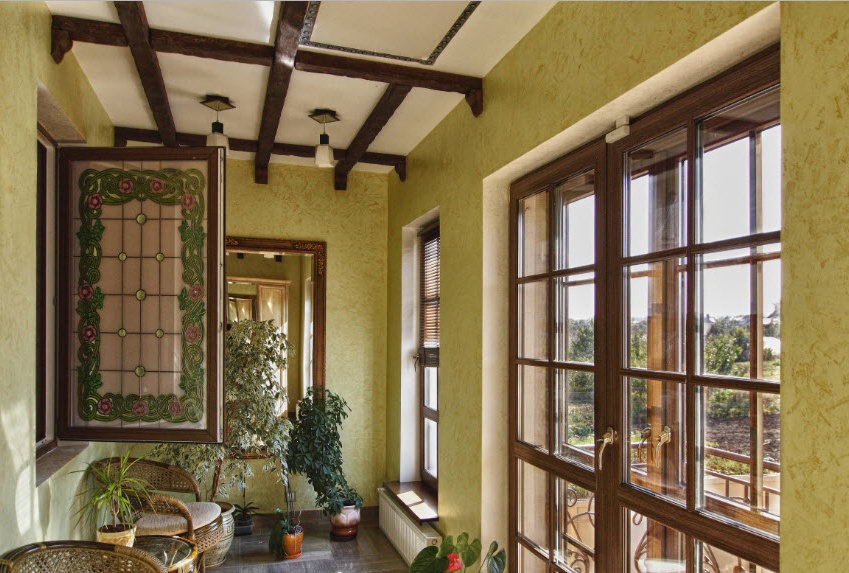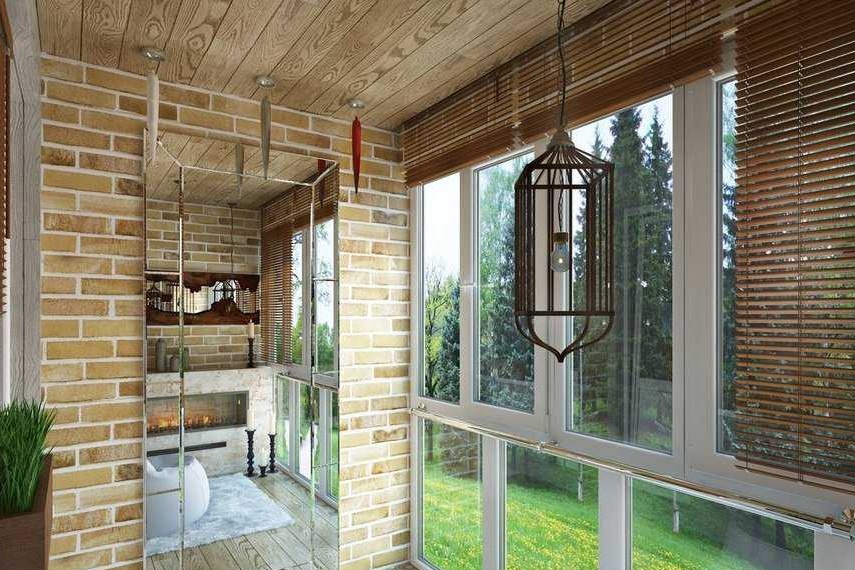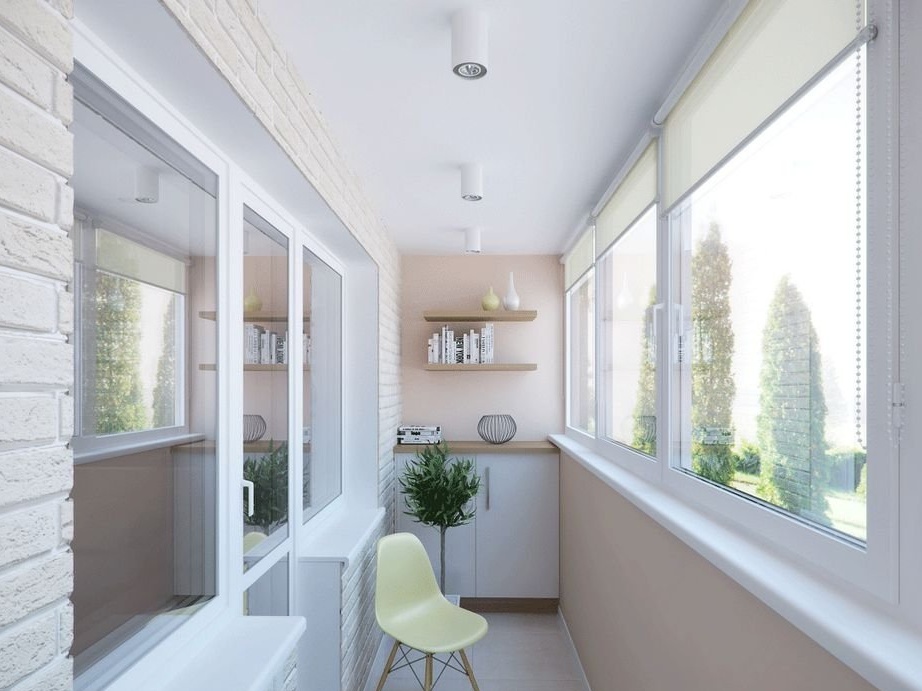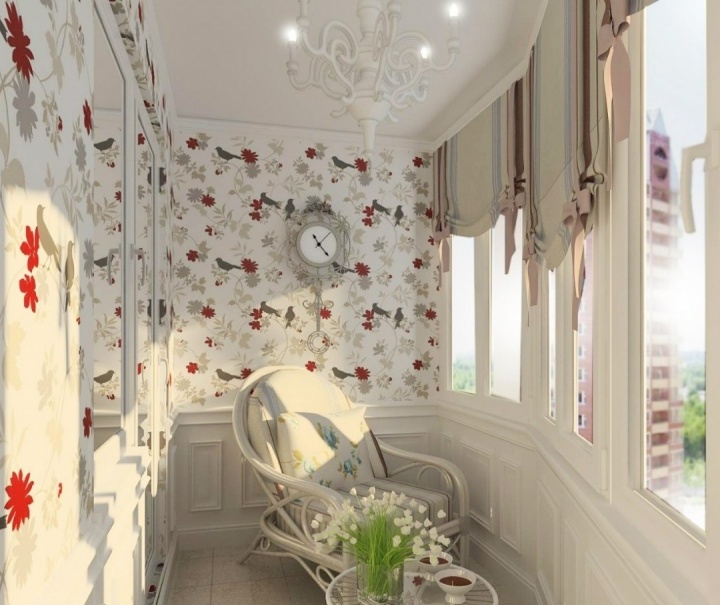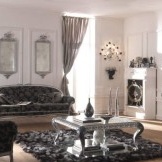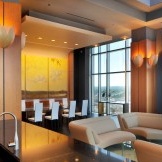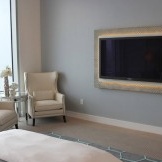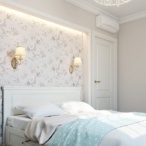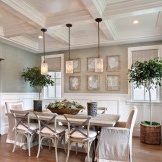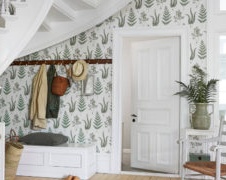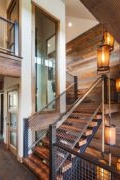Finishing the balcony inside: 100 stylish options for 2018
Content
Recently, a balcony is increasingly being used as a functional functional room. In order to make this possible, it is qualitatively insulated and glazed, after which they begin to engage in the design of the space with finishing materials, in accordance with the style decision of the room. Finishing a balcony involves not only considering the advantages and disadvantages of the materials used, but also taking into account their application. A balcony is a small space that is often not heated, so this fact must be taken into account when facing a balcony or loggia. In order to understand the better to finish the balcony inside, you need to compare the materials, consider their advantages and disadvantages, and also consider them through the prism of design and practicality in use.
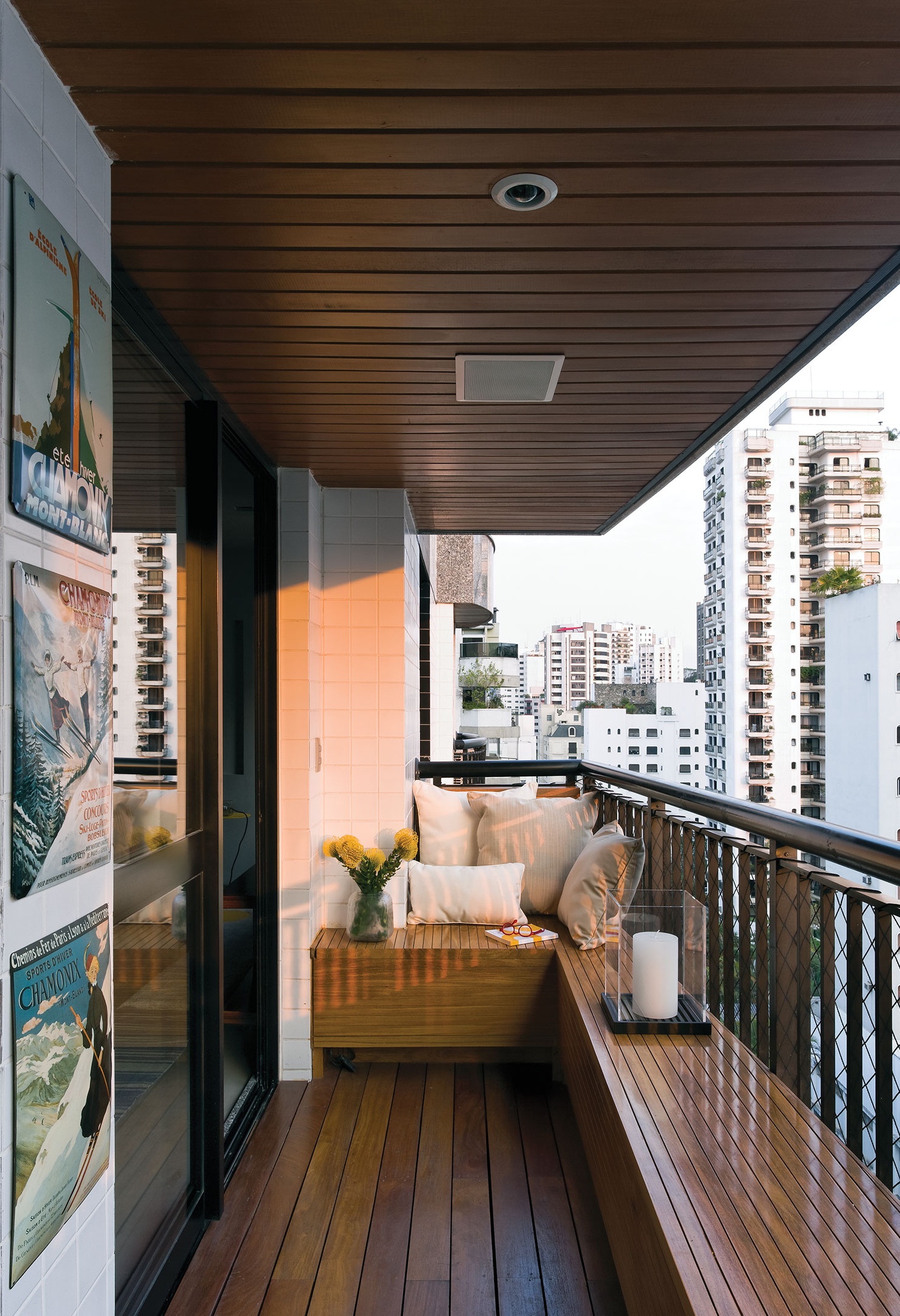
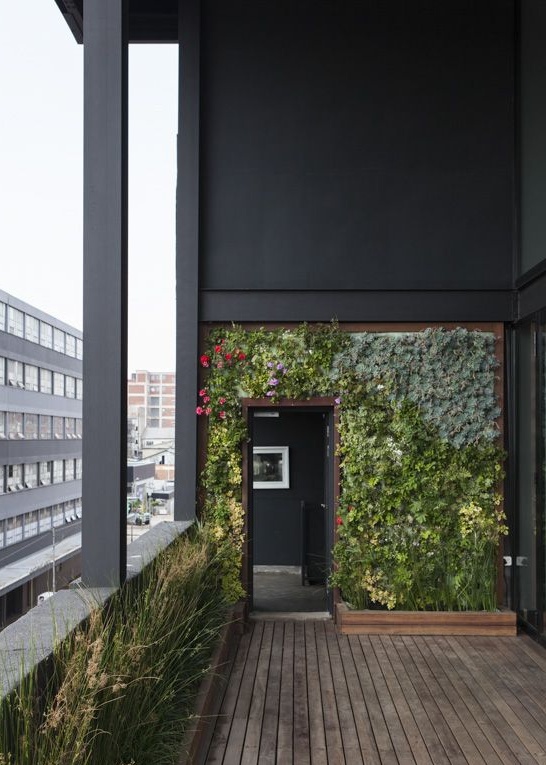
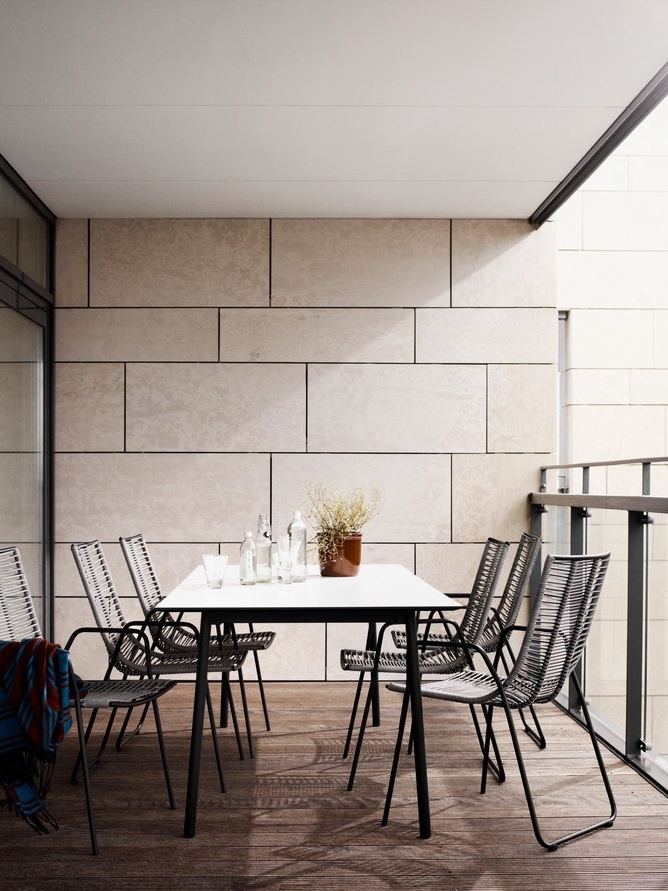










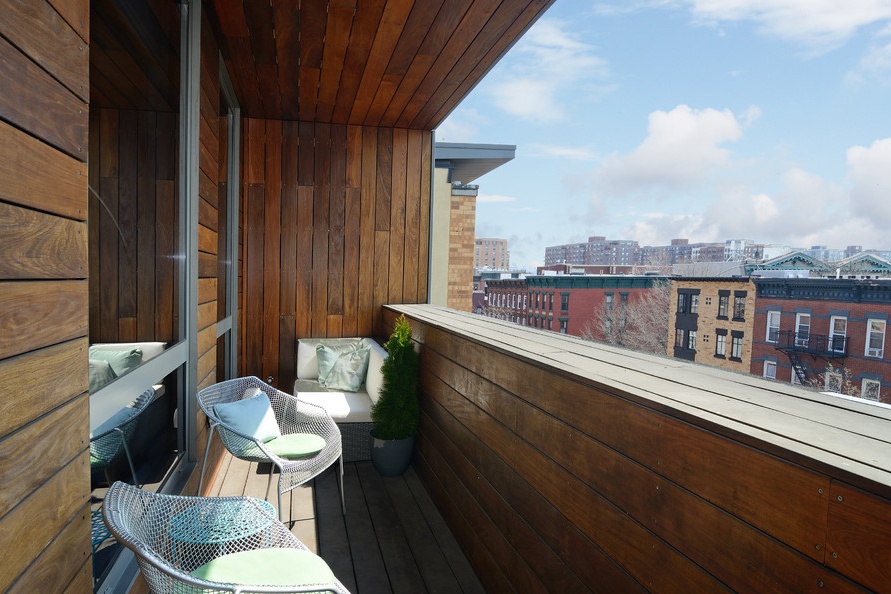
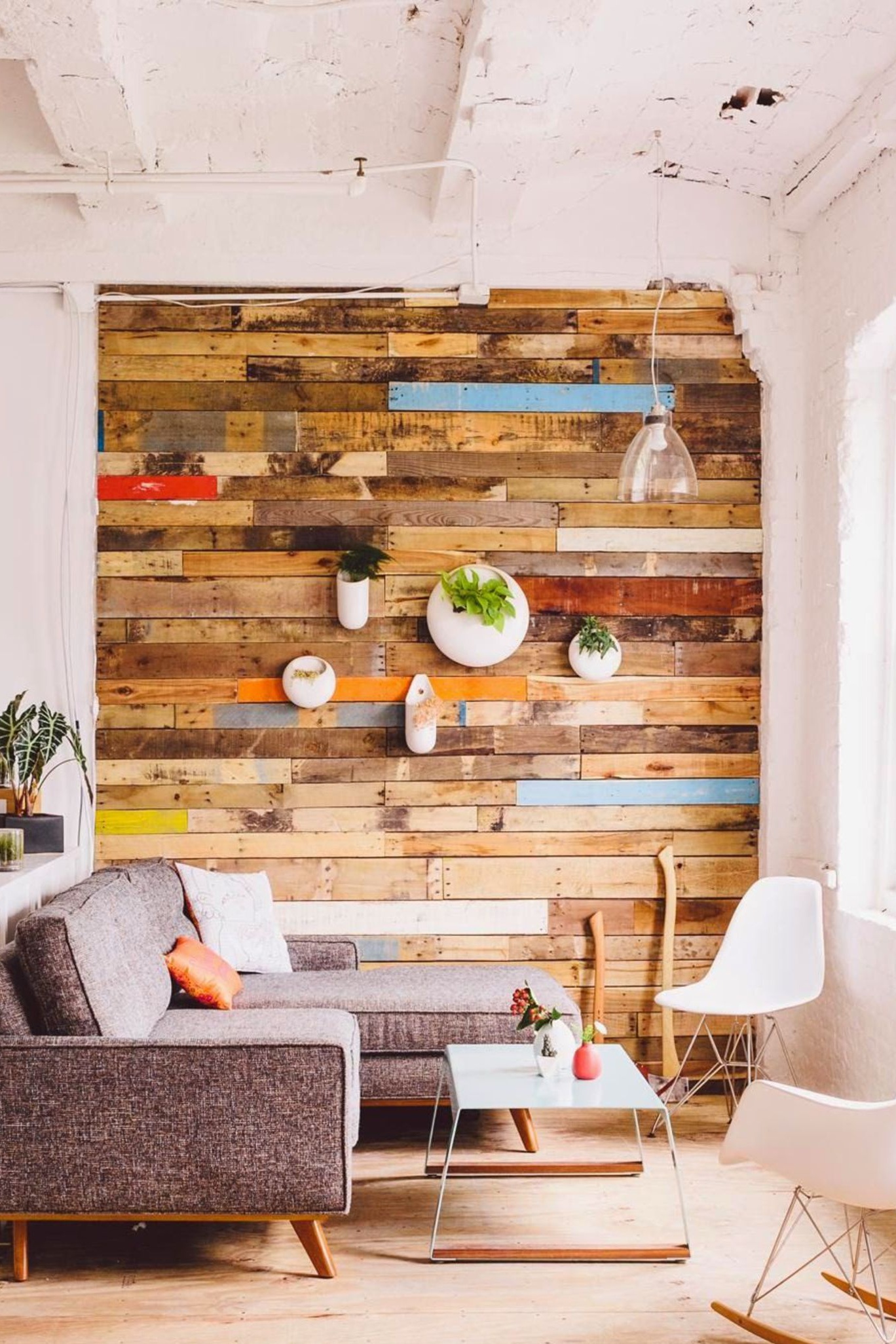
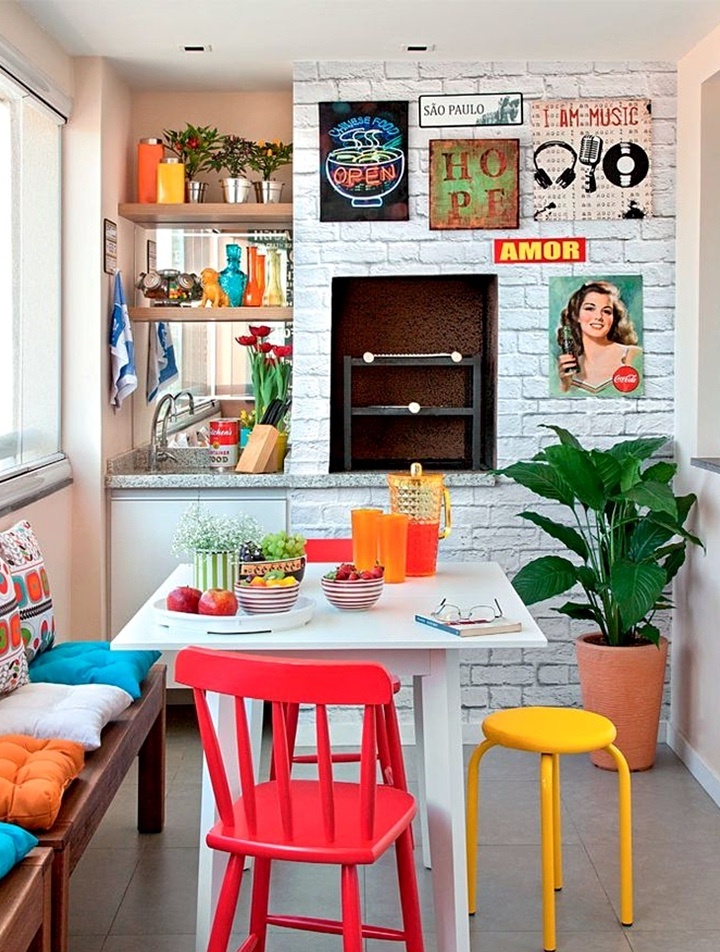
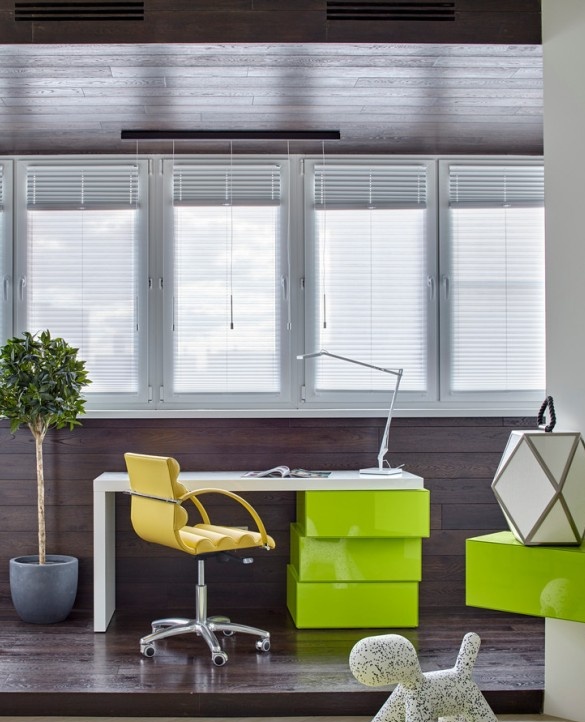
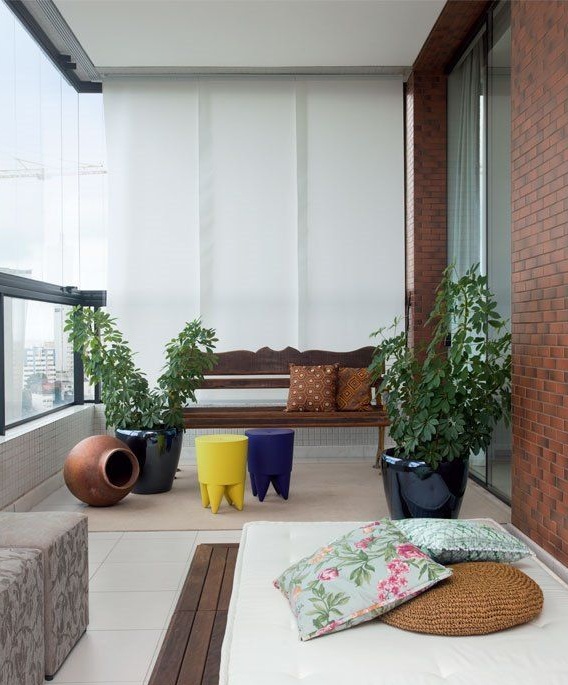

A rock
Stone is a spectacular and presentable material that is not cheap, but also looks beautiful. It is unpretentious in maintenance, able to last for many years and has a high level of strength. However, in order to finish the balcony you cannot use natural stone - the reason is its large weight, which is contraindicated for the balcony, the only exception is the loggia.
It is important to remember the fact that it is not necessary to finish from one material, because you can combine, take into account the characteristics of the materials, and then choose successful combinations, creating a stunning and unique interior on the balcony or loggia.
Tree
A wooden lining is best suited for a balcony, on which relaxation is supposed to be, a light tea party. Wood is an environmentally friendly and natural material that gives the impression of being outside the city or on a cozy terrace. A high-quality lining made of wood is very easy and simple to install, since its elements have grooves, due to their presence the surface is smooth, there are no gaps.
It is also very easy to repair the wooden finish, the damaged part is dismantled and replaced with a new one. Clapboard made of coniferous wood is a cheap option, but if you are interested in quality and reliability, you should pay attention to aspen or oak.
Plastic
The use of plastic panels to decorate the balcony inside is a decision that raises a number of doubts and different opinions. Advantages of the material: moisture resistance, low weight, a wide range, ease of installation. However, on a par with this, there is a significant drawback - fragility. If the temperature is too low, then the plastic lends itself to deformation, cracking. The same thing with impacts, it immediately breaks, so its installation is not advisable in families where there are children, and the balcony itself needs to be properly insulated.
Drywall
This material is selected when the surface is not absolutely smooth. Drywall sheets are attached to a metal frame, and insulation is laid between the wall and the drywall. To finish the balcony, it is better to use a special moisture-resistant drywall. Externally, this material is not pretty, so it needs to be painted or decorated with wallpaper. Installation is very simple, it can be done independently, besides this, the price of drywall is acceptable and everyone can afford it.
Vinyl siding
Externally, the material is very similar to a wooden lining as it has the same shape and grooves for joining. Installation of such material is very simple and comfortable, the panels can be painted like wood, but initially the market offers many color options.
Compared to wood, vinyl siding is not combustible, easy to maintain, and has a long service life. In addition, it is worth noting that it is resistant to precipitation and temperature changes.
Ceramic tile
The main advantage of the material is its hygiene, as the tile is easy to clean, easy and simple to wash, besides it easily withstands the action of detergents. It should also be noted decorative properties, many colors, as well as style and aesthetics, which will create a unique interior of the balcony.
Ceramic tile is a durable material, resistant to various influences, which will last for many years. In addition, it should be noted its environmental safety. The tile is cold to the touch and slippery, so it is better not to use it to finish the floor.
MDF
MDF board is a compressed panel of dry wood fibers, which are covered with a special coating of PVC film. A large assortment with various colors and textures is presented on the market. The appearance of the MDF board is quite attractive. The material is characterized by high-quality noise and heat insulation. Installation and installation of plates is easy and fast, caring for them is also quite simple. MDF has a high level of wear resistance, much more convenient than wood, and its price is much lower. The only drawback is the high susceptibility to high humidity and combustibility, which entails an insufficient level of strength.
Bung
This material is very popular for finishing the balcony inside. A cork is made in the form of sheets of crushed and pressed bark of a cork tree, which is covered with veneer. The advantage of cork in comparison with wood is that it does not need regular treatments, it maintains a microclimate. In addition, it is worth noting the environmental safety of the material, since it is not only harmless, but also useful for people who have respiratory diseases. Also, the cork is great for allergy sufferers, does not cause any disease.
In general, the choice of materials is large, it all depends on the style, interior and unity of style in the house. Only the owner himself decides which material to choose, taking into account the personal tastes, advantages and disadvantages of the materials that were given as an example above. If you approach this matter responsibly, you can create not only a beautiful balcony, but also carry out high-quality finishes in order to make the space as efficient and functional as possible.
Finishing balconies inside: ideas on the photo

